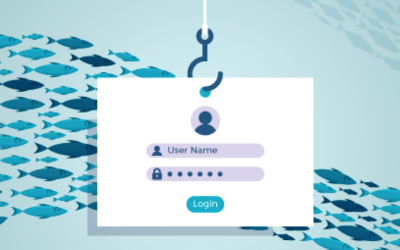Oh no, you Failed our Phishing Test 🙁
Phishing Challenge Answers
Question 1: The correct answer is YES, PHISHING
This is a phishing attempt. If you look at the “From” sender you’ll notice it is not @ a Paypal address, instead they tried to trick you by using Paypal before the @ sign. If you continue reading through the email you’ll also notice grammatical issues, such as “What the problem’s?” AND “full access to PayPal account” which in a legitimate email should say “full access to your PayPal account.” Always keep an eye out for grammar because it’s very rare legitimate emails from these services have incorrect verbiage.
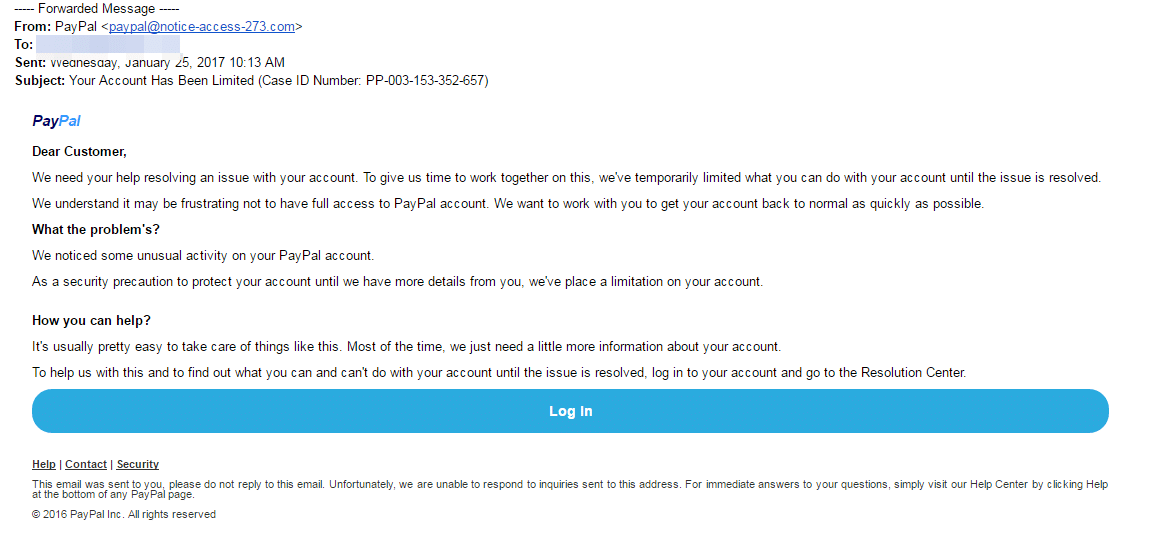
Question 2: The correct answer is NO, NOT PHISHING
This is NOT a phishing email. You can see the sender is from @linkedin.com which is the biggest indicator it is legitimate. If this were an email instead of an image you could also check the links and you’d see they are linkedin.com links.
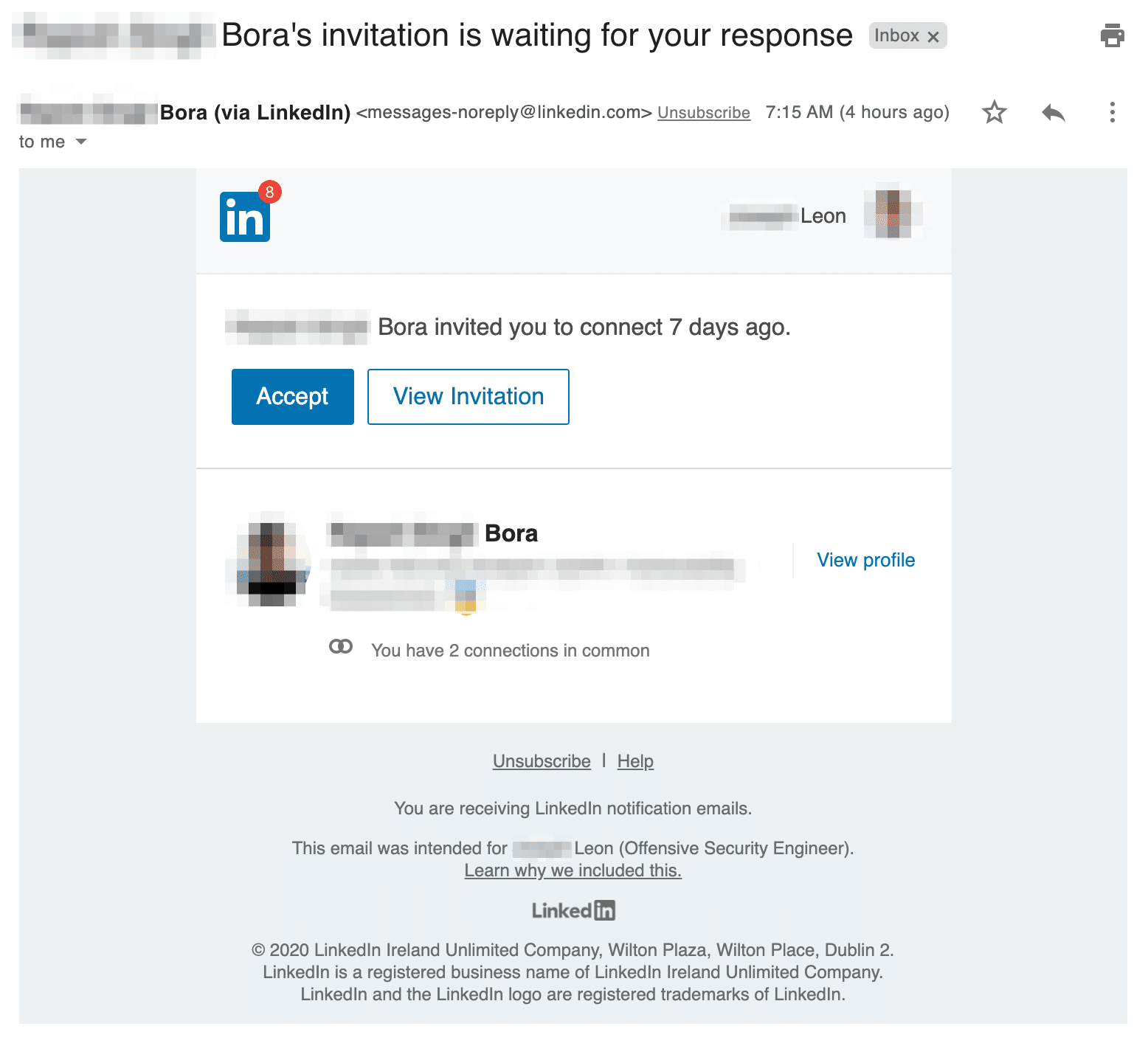
Question 3: The correct answer is YES, PHISHING
This is a phishing email. But don’t worry if you got this one wrong. It was a bit of a trick! You’ll notice the email address sending it is from Microsoft. But this is actually an example of a spoofed email. If you were to click on the links in this email they would take you to an online login form that after you fill it out takes you nowhere. Instead, you just gave your login to scammers. The easiest way to see if someone is spoofing an email is to hover the links and see if they are actual Microsoft URLs and NOT something like the link in the second image accountoffice.dy — another good indicator is the link is NOT SECURE, Microsoft and other legitimate sources will always have SECURE sites with https.
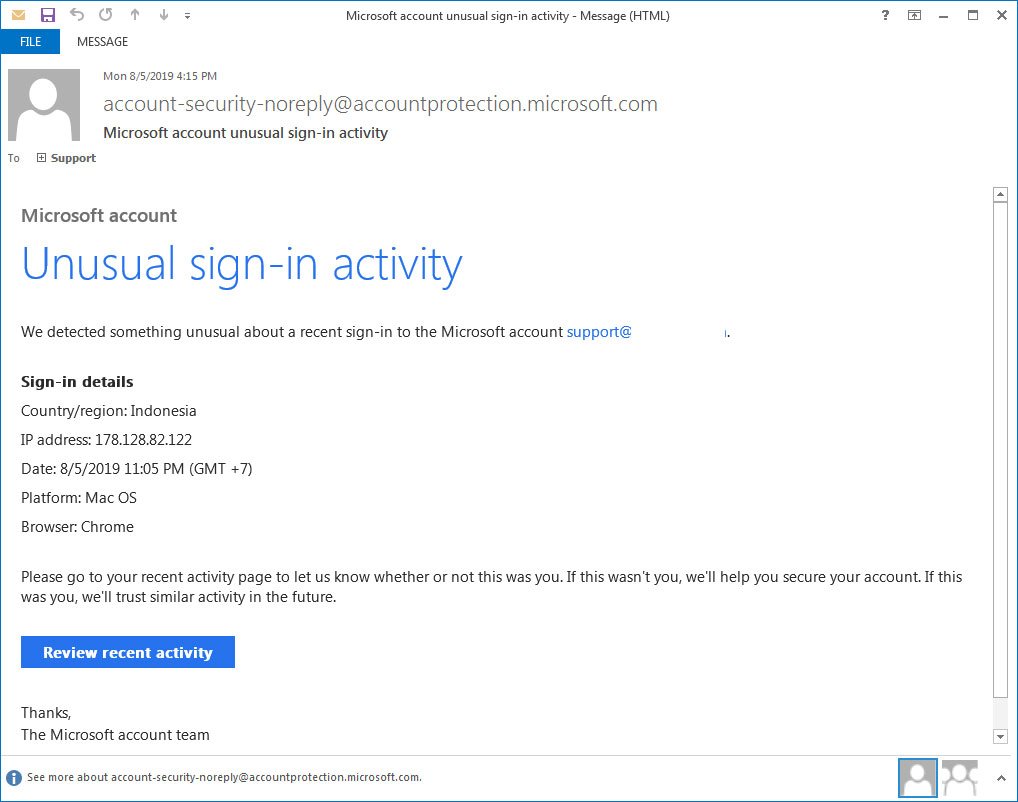
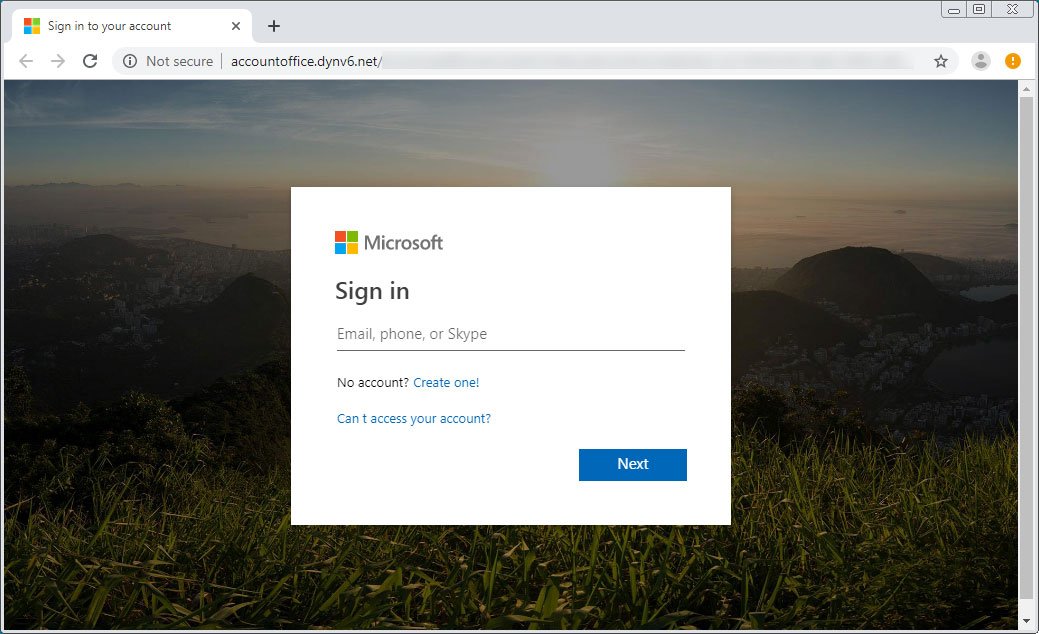
Question 4: The correct answer is YES, PHISHING
This is a phishing email. The sender is another giveaway on this one, linkeBin.com instead of linkedin.com
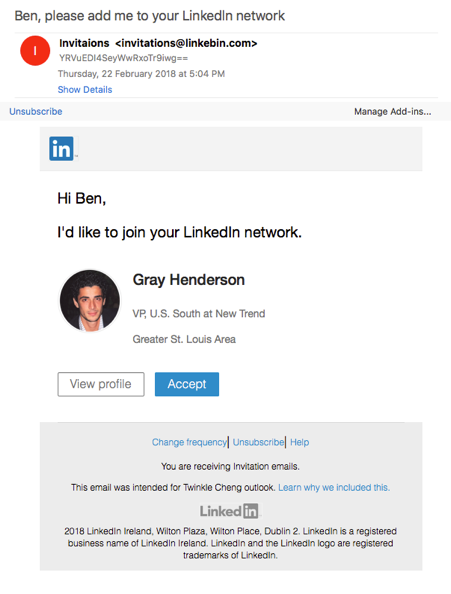
Question 5: The correct answer is YES, PHISHING
This is a phishing email. Take a VERY close look at the sender and you’ll see it is from sunTUST not sun TRUST.

How to Spot a Phishing Email
The Email is not Addressed to the Recipient
(Often lines like “Dear Customer”, “Dear User” are used in place of your name – any company that is legitimate will have your name on file and address you accordingly in your email).
Grammatical Errors
Scam emails are often riddled with spelling and grammar errors, be on the look-out for these issues as they are usually a telltale sign. (example image below has many grammar errors and uses strange wording).
Suspicious Attachments
If you receive a PDF, Excel, Word, or other document which asks for an activation, enabling, macros, or other popup for editing, please use caution. This is the most common method for ransomware delivery. Upon activation, the software will silently download itself, and run without being noticed. This will result in encryption of all files made available to the software both locally and over shared drives.
Action was not Taken
Sometimes these scam emails will say you have exceeded login attempts, reset a password, or account action is required – these cases make it very obvious they are not legitimate because you have not taken those actions on their website.
Multiple Links
These emails typically contain multiple links to websites that are not what they are pretending to be. For example, their link may say https://truewebsite.com but the actual location it takes you to is https://scamwebsite.com; You can often hover over a link in an email to see if there is a redirect.
From Suspicious Sender
The sender/from email usually looks “off” often using a similar name for who they want to be perceived as in their email address. For example: someone may try to come off as the University of Chicago and use sender@uchicago.com where a legitimate email for any university always ending in .edu, for example sender@uchicago.edu.
More QSG Services Made Simple.
Microsoft Office 365 Emails
We’ve partnered with Microsoft so you can get the most out of Office 365 (O365) with the QSG O365 experience. Take advantage of Microsoft Teams, OneDrive storage, and of course its powerful email service set up and maintained by our team of experts.
Managed Services
We understand firsthand the IT challenges that come with business growth, multiple locations, and remote teams. QSG Managed Services gives you peace-of-mind when offloading your IT support to our team of industry experts 24/7/365.
Latest from our Blog
Learn something new from our experts when you read our QSG blog. Updated weekly with articles focused around the latest tech news and insider secrets.
What is Email Phishing?
Email phishing scams are used to steal confidential information from users - most often login credentials and credit card numbers - through malicious email links. These scammers trick their victims by pretending to be a legitimate, trusted source. Then the recipient...
How Stress Impacts Your Brain & Overcoming Burnout
As the days get "shorter" it can be harder to stay productive and positive into the Winter season. Many of us are spending more time than ever in our homes and the looming cold weather is sure to keep us there. So how do we combat the tiredness, fatigue, and...
Do blue light glasses really work?
Blue light glasses have been increasingly popular over the last few years. Now readily available by major retailers they're easy to come by whether you have prescription lenses or perfect 20/20 vision. Advertised to reduce eye strain and damage from blue light emitted...

